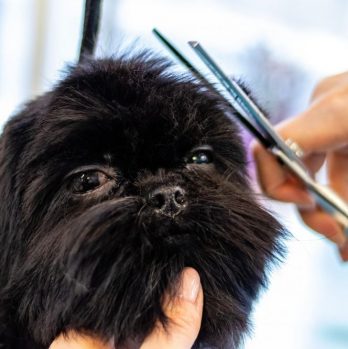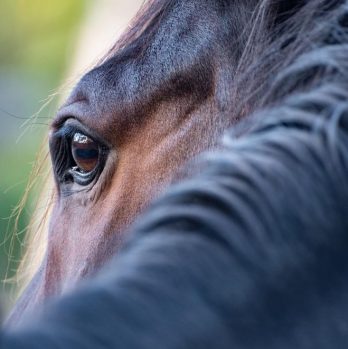Syrian Hamster: A Comprehensive Guide to the Popular Pet

Introduction
When it comes to small and adorable pets, the Syrian Hamster is often a top choice for many pet enthusiasts. With their cute appearance and friendly nature, these hamsters have captured the hearts of numerous individuals around the world. In this comprehensive article, we will delve into the various aspects of Syrian Hamsters, including an overview of the species, the different types available, popular breeds, quantitative measurements, variations within the breed, and a historical analysis of their pros and cons as pets.
Overview of Syrian Hamsters

Syrian Hamsters, also known as Golden Hamsters, are native to the arid regions of Syria and Turkey. These small rodents belong to the Cricetinae family and are the largest breed of hamsters. Unlike some other hamster species, Syrian Hamsters are solitary creatures and should be kept alone to prevent conflicts. On average, they measure about 6-8 inches in length and can live up to 2-3 years with proper care.
Understanding Different Types of Syrian Hamsters
While the Syrian Hamster is most commonly recognized for its golden fur color, it actually comes in various coat types and colors. Some of the popular types include the Golden, Black, Dove, Cinnamon, and Cream Syrian Hamsters. Each type has its own unique physical characteristics and appeal. Additionally, there are different variations in coat patterns, such as roan, banded, and tortoiseshell, which add to the aesthetic diversity of these pets. With such a wide range of choices, individuals can select the type that resonates best with their preferences.
Quantitative measurements of Syrian Hamsters
When considering a Syrian Hamster as a pet, it is important to have a clear understanding of their specific needs and requirements. Here are some quantitative measurements that can assist in providing optimal care for these adorable creatures:
– Cage Size: Syrian Hamsters require ample space to explore and exercise. A suitable minimum cage size should be approximately 24×12 inches.
– Wheel Diameter: Providing an exercise wheel is crucial for a Syrian Hamster’s physical well-being. The wheel should have a diameter of at least 8 inches to accommodate their larger size.
– Food Consumption: Syrian Hamsters typically consume 5-7g of dry food per day. It is important to provide a balanced diet consisting of commercial hamster pellets, fresh vegetables, and occasional treats.
– Water Intake: Syrian Hamsters require access to fresh water at all times. They consume approximately 10-15ml of water each day.
Understanding Variations Among Syrian Hamsters
While Syrian Hamsters generally share similar characteristics, there can be variations in behavior and temperament among individuals. Some may display a more sociable nature, while others might be slightly more reserved. It is important for owners to spend time observing and understanding their hamster’s personality to provide appropriate care and handle them accordingly. Additionally, variations in coat patterns, color, and type can also influence the overall appearance and aesthetic appeal of these pets.
Historical Analysis of Pros and Cons of Syrian Hamsters
Over the years, Syrian Hamsters have gained immense popularity as pets, and for good reason. However, it is important to have a comprehensive understanding of both the pros and cons associated with owning one:
Pros:
1. Adorable and captivating appearance
2. Low maintenance and relatively easy to care for
3. Can be easily tamed and handled
4. Offer entertainment and companionship
5. Ideal for individuals with limited space
Cons:
1. Can be prone to obesity if not provided with a proper diet and exercise
2. Require a significant amount of time and effort for socialization and interaction
3. Short lifespan compared to some other pets
4. Can be sensitive to noise and stressful environments
5. May not be suitable for households with young children due to their fragility
In conclusion, Syrian Hamsters are delightful and popular pets that bring joy to many households. With their cute appearance, plethora of coat types and colors, and various quantitative measurements, owning a Syrian Hamster can be a rewarding experience. However, it is imperative for potential owners to consider the variations within the breed and weigh the historical pros and cons to ensure a suitable match and lasting companionship.











